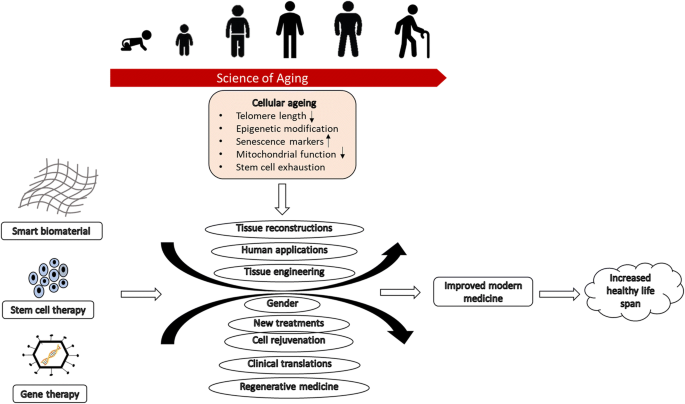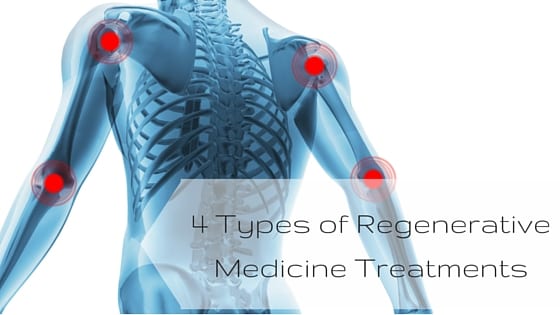Table of Contents

[/image][=video]
[/video]
Many websites utilized for bone marrow harvesting are situated in the hip bones and the breast bone. In recovery, the donor may experience some pain in the locations where the needle was inserted.

If an autologous transplant is prepared, previously collected stem cells, from either peripheral (apheresis) or harvest, are counted, evaluated, and ready to instill. The preparations for a bone marrow transplant differ relying on the kind of transplant, the disease needing transplant, and your tolerance for sure medicines. Think about the following: Most usually, high doses of chemotherapy and/or radiation are consisted of in the preparations.
Ablative treatment avoids this process of cell manufacturing and the marrow comes to be empty. An empty marrow is needed to make room for the new stem cells to expand and establish a new blood cell production system.
It is not a surgery to position the marrow right into the bone, but is similar to receiving a blood transfusion. The stem cells locate their method into the bone marrow and begin duplicating and expanding new, healthy and balanced blood cells. After the transplant, helpful care is offered to avoid and deal with infections, negative effects of treatments, and issues.
Medical Group
The days before transplant are counted as minus days. The day of transplant is considered day absolutely no. Engraftment and healing following the transplant are counted as plus days. As an example, a person might go into the health center on day -8 for preparative programs. The day of transplant is phoned number absolutely no. Days +1, +2, etc, will certainly comply with.
The days are numbered to help the individual and family recognize where they are in terms of dangers and discharge planning. During infusion of bone marrow, the client may experience the following: Pain Chills Fever Hives Chest pain After infusion, the patient may: Spend a number of weeks in the hospital Be very prone to infection Experience extreme blood loss Required blood transfusions Be confined to a tidy setting Take multiple anti-biotics and various other medicines Be given medicine to prevent graft-versus-host diseaseif the transplant was allogeneic.
Relying on the kind of transplant and the illness being treated, engraftment generally takes place around day +15 or +30. Blood counts will certainly be examined often throughout the days complying with transplant to examine initiation and development of engraftment. Platelets are typically the last blood cell to recuperate. Engraftment can be postponed as a result of infection, medicines, low contributed stem cell count, or graft failure.
Anti-biotics, antifungal medicines, and antiviral medicines are frequently given to attempt to stop serious infection in the immunosuppressed individual. Thrombocytopenia (low platelets) and anemia (low red blood cells), as an outcome of a nonfunctioning bone marrow, can be harmful and also dangerous.
Discomfort relevant to mouth sores and stomach (GI) irritability prevails. High doses of radiation treatment and radiation can trigger serious mucositis (inflammation of the mouth and GI tract). Liquid overload is a difficulty that can cause pneumonia, liver damages, and hypertension. The primary reason for fluid overload is due to the fact that the kidneys can not stay on top of the large amount of liquid being offered in the kind of intravenous (IV) medicines, nutrition, and blood items.
Menopause Treatment in Rochester Hills, Michigan

Respiratory system standing is an important function that might be endangered throughout transplant. Infection, inflammation of the respiratory tract, liquid overload, graft-versus-host disease, and blood loss are all possible lethal problems that may occur in the lungs and lung system. The liver and heart are crucial body organs that may be damaged during the hair transplant process.
Failure of the graft (transplant) taking hold in the marrow is a possible problem. Graft failing may happen as an outcome of infection, persistent illness, or if the stem cell matter of the donated marrow wanted to create engraftment. Graft-versus-host disease (GVHD) can be a serious and lethal complication of a bone marrow transplant.
Rather than a body organ transplant where the individual's body immune system will try to deny only the hair transplanted body organ, in GVHD the brand-new or hair transplanted body immune system can strike the entire patient and all of his/her body organs. This is since the new cells do not acknowledge the cells and body organs of the recipient's body as self.

The most usual sites for GVHD are GI tract, liver, skin, and lungs. Prognosis considerably relies on the following: Type of transplant Type and degree of the condition being dealt with Disease response to treatment Genes Your age and total health Your resistance of details medicines, procedures, or therapies Seriousness of problems As with any treatment, in bone marrow transplant the prognosis and lasting survival can vary significantly from individual to person.
Medical Group
Continual follow-up treatment is necessary for the client following a bone marrow transplant. New approaches to enhance therapy and to lower complications and side impacts of a bone marrow transplant are constantly being found.
Accessed June 5, 2017. The hope is to bring back damaged cells that will certainly not sufficiently heal by itself. Regenerative medicine therapies can be split right into three categories: assist in recovery by infusing or placing online cells right into the client. Instances of cellular therapy consist of PRP and stem cell treatments, which can be used to deal with tendinopathy and other sporting activities injuries.
Phys Medication Rehabil Clin N Am. 2014; 25( 4 ):881 -95. As time passes, specific medical professionals discover and share details, boosting the application of these therapies. See Are PRP Injections Effective?Until a lot more is known, regenerative medication treatments are not considered conventional practice and insurance strategies typically do not cover them. Numerous individuals agree to pay out-of-pocket. is advancing quickly with innovationsin stem cells, gene therapy, and cells engineering. This post looks into these ingenious methodologies, highlighting their transformative possibility for tissue and body organ repair. are poised to revolutionize medical treatments and improve patient results. Cell regrowth, the process of recovering shed cells to recoup typical feature, differs across various cells and organs. In Drosophila larval wing discs, cells resistant to apoptosis help tissue regrowth. Mouse digit tip regeneration is mediated by the blastema, containing different progenitor cells, as highlighted in this study.: The diversity of cells within a tissue can influence regrowth. Peripheral nerves, for instance, include Schwann cells, nerve fibroblasts, and immune cells, each playing a duty in nerve regeneration, as talked about below. These variables communicate dynamically, making cell regeneration an intricate process that differs based on the specific tissue or body organ. Cell regeneration plays a critical duty in preserving the body's total health and wellnessand wellness. It is liable for repairing and replacing damaged or aging cells, guaranteeing the proper performance of body organs and cells. Reliable cell regeneration treatment can dramatically affect the treatment of different clinical conditions, including degenerative conditions, injuries, and also the aging procedure. A number of significant milestones have noted the progress of cell regeneration study. In the late 18th century , Italian biologist Lazzaro Spallanzani carried out introducing experiments on the regrowth of amphibian arm or legs, providing proof for the regenerative capacity of certain organisms. In the 20th century, the discovery of stem cells by Canadian researchers Ernest McCulloch and James Till transformed the area. Harold E. Varmus, that played an essential duty in elucidating the hereditary basis of cancer cells, and Dr. Michael S. Brown and Dr. Joseph L. Goldstein, who discovered the role of low-density lipoprotein (LDL) receptors in cholesterol metabolism. Stem cell therapy is just one of one of the most extensively researched and encouraging branches of cell regrowth therapy. This irritant triggers a local inflammation action, which triggers the launch of development factors and the recruitment of regenerative cells. Over time, the regenerative cells promote the repair and regeneration of hurt cells, using alleviation to individuals dealing with persistent bone and joint pain or joint instability. Cartilage material regrowth treatment focuses on bring back damaged or degenerated cartilage, which plays an essential role in joint feature and flexibility. Some cells, such as epithelial cells in the skin or the lining of the gastrointestinal tract, have a high turn over price and can regrow promptly. On the other hand, cells in the central nerves, such as nerve cells, have restricted regenerative capacity. This difference is mostly as a result of the intricacy of the cells, the visibility of inhibitory aspects, and the mobile atmosphere. Cell regrowth therapy supplies encouraging solutions for speeding up wound recovery and dealing with numerous injuries.
Navigation
Latest Posts
Medical Group around Rochester Hills, Michigan
Perimenopause Treatment servicing Rochester Hills, Michigan
Menopause Therapy local to Rochester Hills